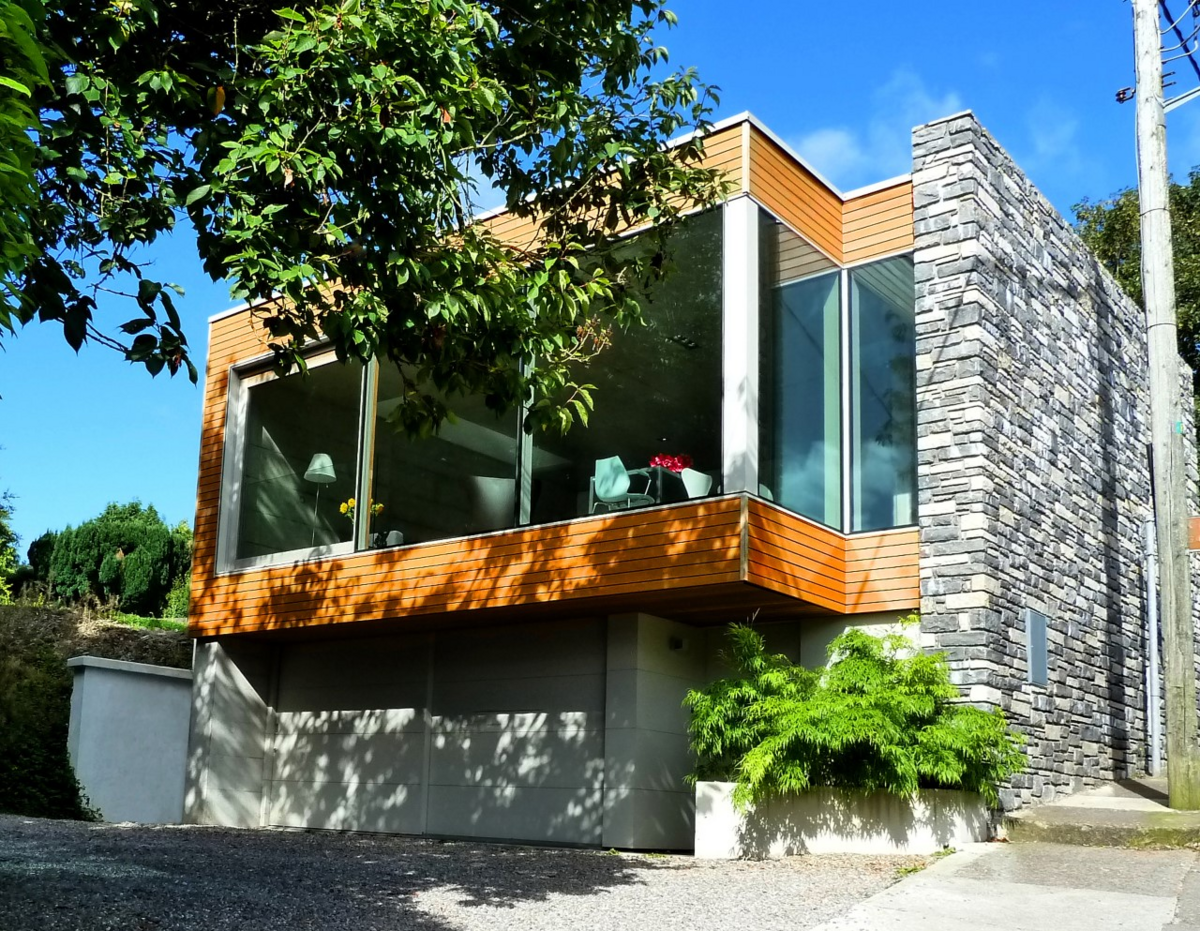How to use clever design to turn your garage into a super space

Integrated garage by architect Neil Kane.
Garages — the last commodious outbuilding left standing in our largely suburbanite lives. The RAC and other consumer polls over the years, clearly show the garage steadily declining in its original intent, as a shelter for the car.
The regularly touted 35%-50% vehicular occupancy seems generous as we shove our domestic over-spill and DIY odysseys behind the roller door. Modern car paint finishes don’t oxidise, and the business of shutting a car away is a redundant nuisance for all but protective city dwellers without driveways and on-street parking.
Still, cunning buyers, flippers and renovators never ignore the potential of extant and prospective “cold” buildings as useful today and as potentially liveable metres for tomorrow.


Linnamilla House. Kane Architects/Neil Kane

Strawberry Hill, Gareth O’Callaghan of JCA Architects










